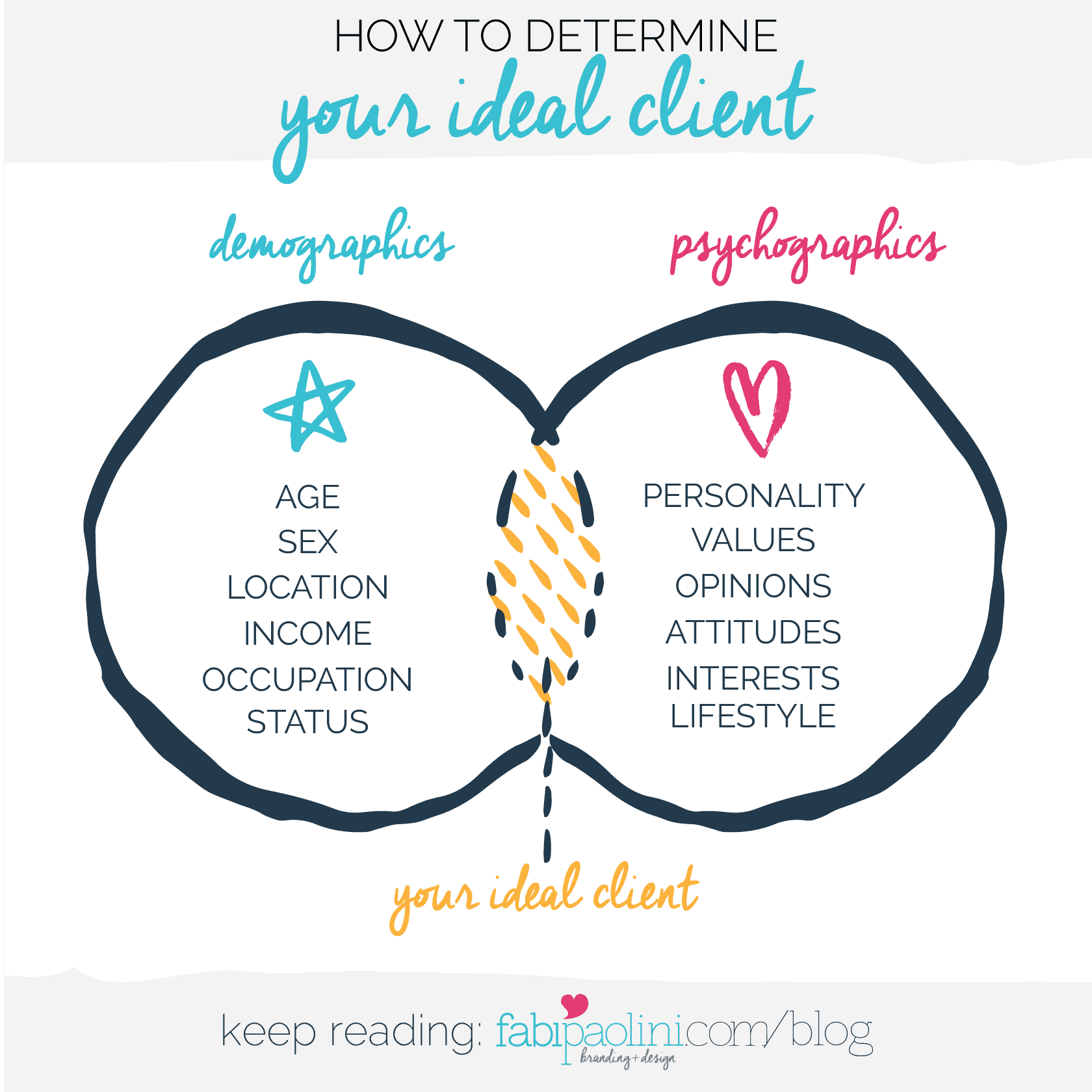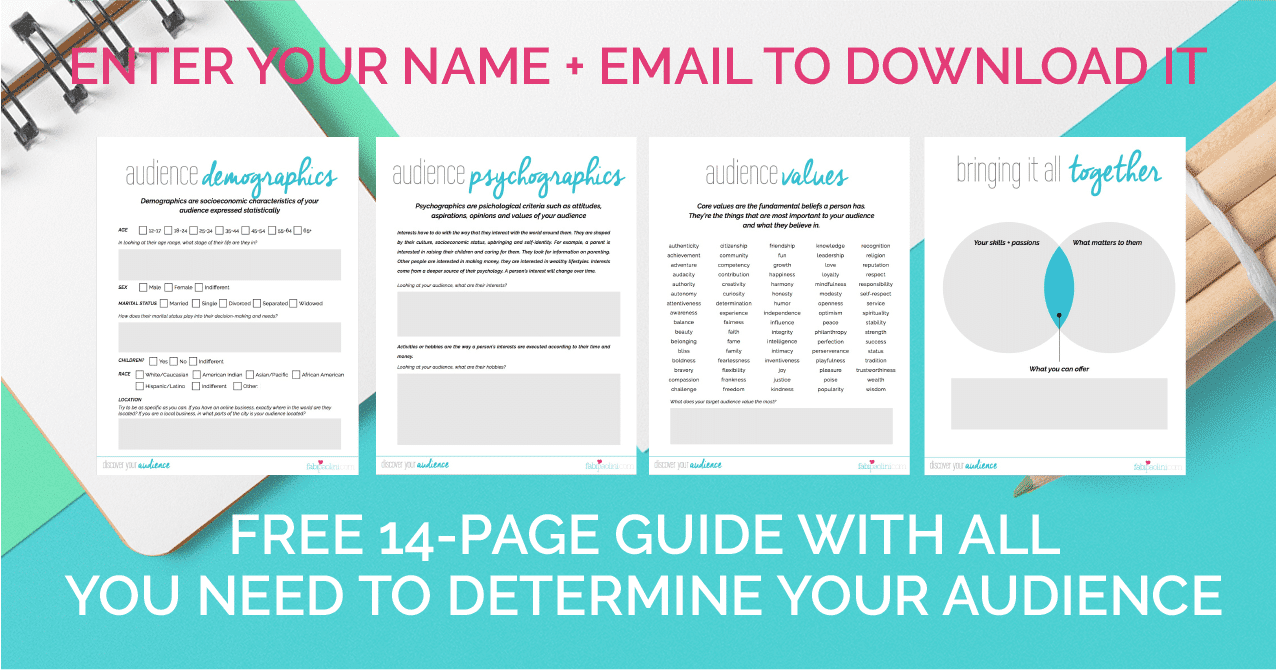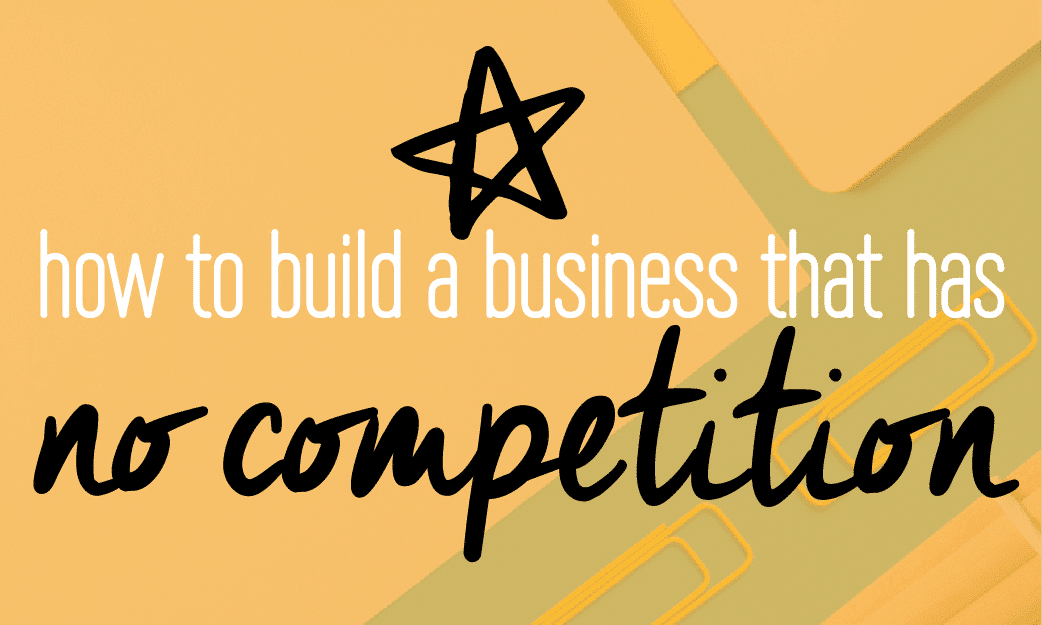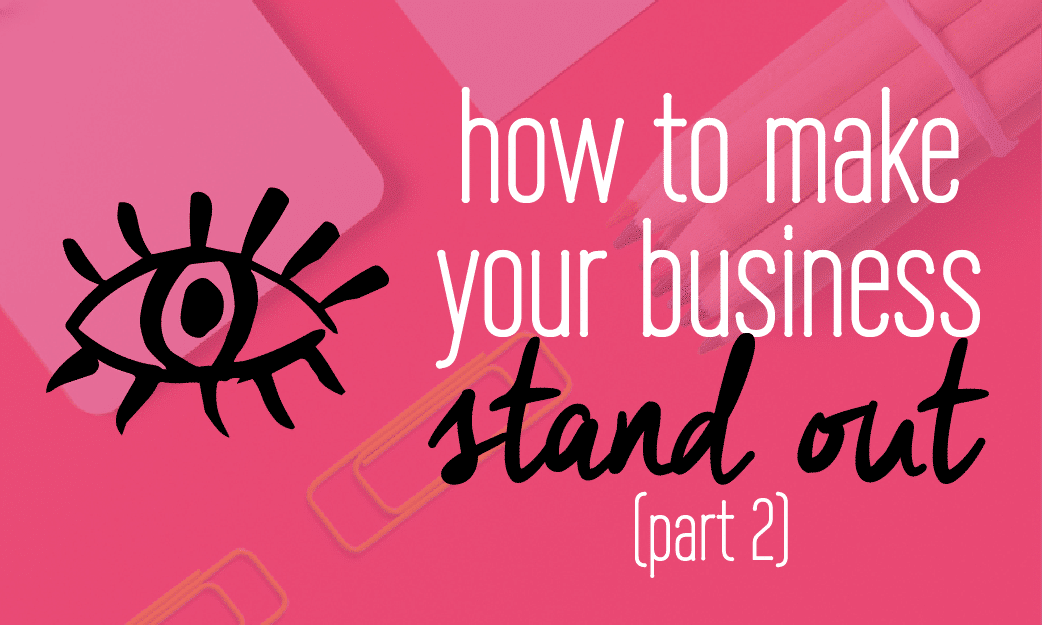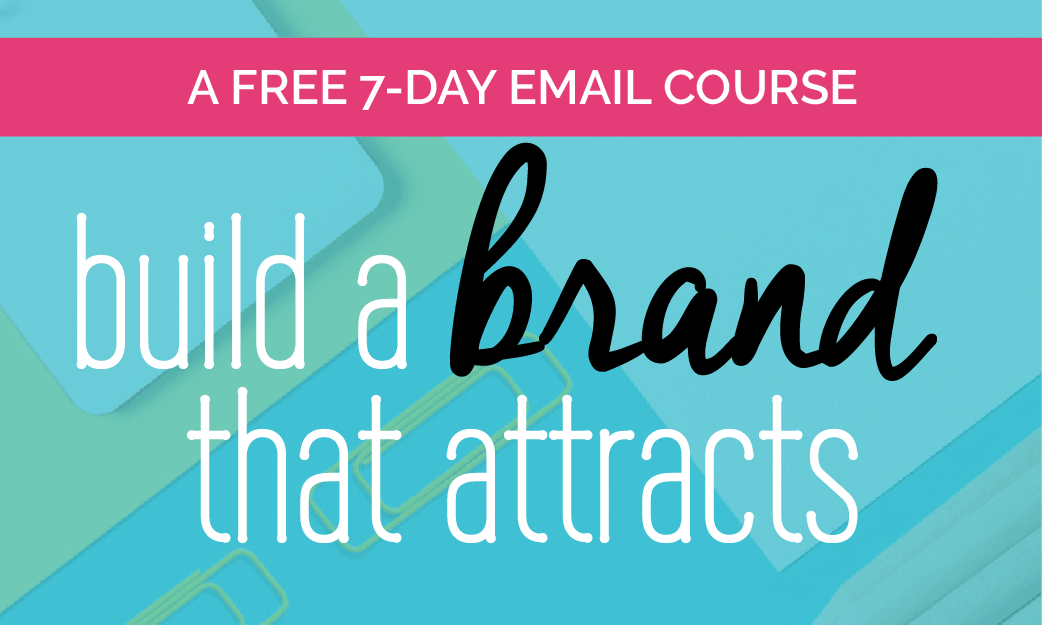ready to attract your ideal client for your online coaching business?
Determining and finding your ideal client might just be the most important factor in your business. Not sure how to discover yours? Read on to find out how.

Determining and finding who your ideal client or customer is as an online coach, is probably one of the most important — and often, overlooked, parts of building a brand. You see, a lot of times, we worry about setting up our offer, creating our websites, defining the products or details on the services we’re going to sell. We do this while forgetting that without clients, we would have no business at all. So, actually, it should be done all the way around. You need to begin by understanding who your audience is and what their needs are.
I can’t even begin to tell you how many clients come to me wanting me to help them build their brands and design logos and websites without having a single clue about who their audience is. When I ask, they answer “Fabi, my audience is anyone willing to pay.” Actually, it’s not.
And hey, I’m not judging at all, I get that sometimes we simply don’t give it a lot of thought. We’re so eager to start our businesses, make an impact or (let’s be honest), make some money, that we don’t even think about who will buy. So, here’s what you need to know about determining who your ideal client is, and then attracting them straight into your business.
I created something really epic for you that I know you will love. This free 14-page guide has everything you need to know about how to discover your target audience. Sign up below to get your free guide right now!
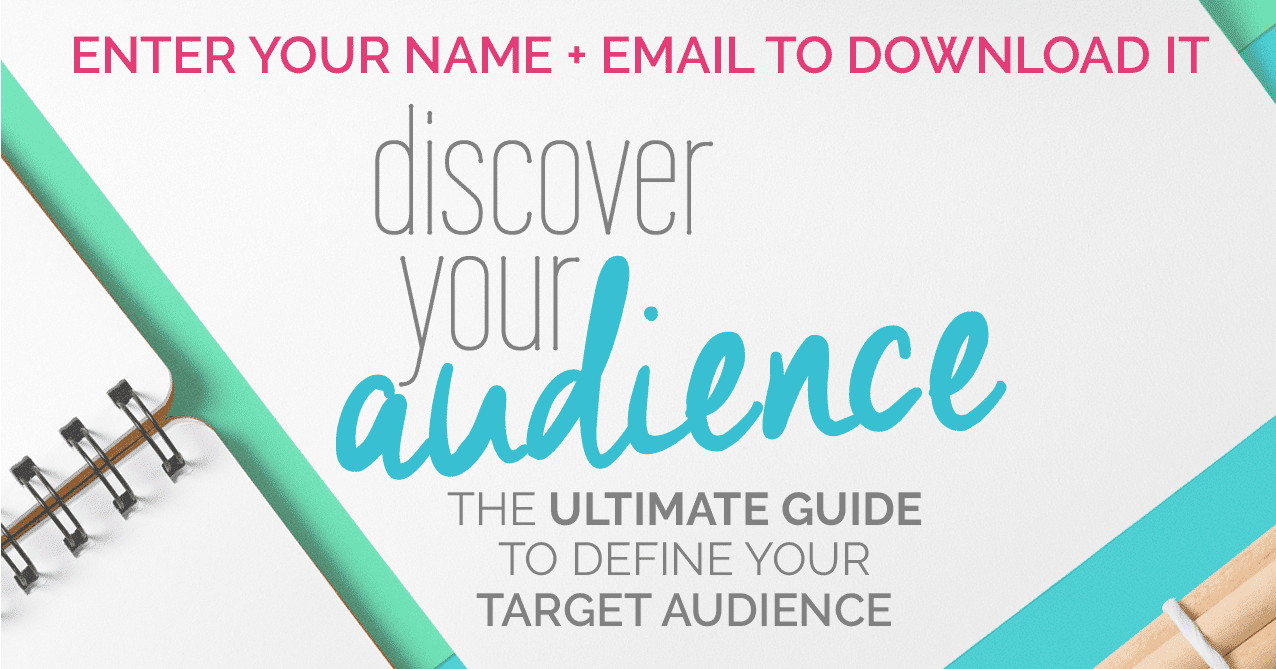
why finding your ideal client is important
So, if you’re like my clients and think that your ideal client is anyone willing to give you some money, let me tell you why you’re actually wrong. You see, the more specific you get about who that ideal person is, the more you are expanding your audience. The reason for that is that we sometime forget that there are billions of people in the world. And yes, I get that maybe your business is more local than THE WHOLE WIDE WORLD, but when you get specific, you drive the right people to your business.
Otherwise, you’re pretty much not talking to anyone at all. You’re putting content out there or selling, but not really knowing if what you’re selling is needed or if what you’re creating will be valued. Let me give you an example. My blog is all about branding, business, entrepreneurship and design. If I were to share my articles on a Facebook group dedicated at Gardening Tricks do you think people there would be interested? Most probably they won’t. Yeah, maybe one or two people might probably be business owners and will get value of what I share, but if I share my article on a group for entrepreneurs, it would be a lot more effective. I know that I’m talking directly at my audience and putting all my efforts in the right direction. And hey, it’s not that I’m discriminating against gardeners, it’s that they might not need what I offer, so it’s completely and 100% random and off topic for them. I’m not only wasting my time, I’m wasting theirs.
There are 2 ways to define your audience: demographics and psychographics. Let’s start with the basic.
demographics
Demographics are basic information that almost is statistical about who your ideal client is. So, it serves to give you a general idea about them, without going into detail of what drives them. This is what you need to know in terms of demographics:
Age
How old is your audience? This usually is a range and not a specific age (of course). Are they younger, older? More importantly than the specific age, think about the stage of life that they’re in and determine how old that would be!
Sex
Maybe it doesn’t matter to you whether your ideal client is male or female, and that’s perfectly fine. In my case, my business is catered to both. However, maybe you prefer to work only with women. One of my clients, Nicole, is a life coach for women, so that definitely works for her. That means that all her branding, communication and marketing is going to be directed at women. See why this is important?
Location
Where are they located? This is really important too, because it will affect a lot of different decisions about your business. Maybe you have an online business that reached the whole world, but could you serve a client that is on the other side of the world (and different time zone) effectively? If you have a local business, is the location of your ideal client in your county or maybe across the whole city?
Income
This is vital to understanding whether your business is viable. I’m not suggesting you discriminate, but if your ideal client is an unemployed college grad with a debt, it will be harder to sell them something with a high price. So, understanding and defining what their income is, will be great to understand what you will be coming up against.
Occupation
This is another really important one. Understanding their general occupation will later give you a clearer picture on who they are. Do they work from home? Are they business people? Are they students or retired?
In the guide I created for you, Discover your Audience, I go over all of these things in a lot of detail. Make sure you download it right here!
pyschographics
Psychographics are “the study of personality, values, opinions, attitudes, interests, and lifestyles. Because this area of research focuses on interests, attitudes, and opinions.” In other words, it’s about understanding who they actually are. For you, it’s about defining the why that drives your ideal client. If you watched Simon Sinek’s TED Talk, you know very well that the why is everything. Here you have to ask the tough questions like:
What problems does your ideal client have?
What keeps them up at night?
What are their aspirations?
Who do they follow?
Who do they admire?
Where do they hang out?
What do they do for fun?
And I know what you’re thinking, how should I know? Right? Well, you need to really take the time to find this information out. Sure, there will be variations from one person to the next, but in general, you will find that most of the same themes are repeated consistently.
Understanding the pain points your ideal client has is really important. The reason for this is that what you do will be more and more catered for their specific needs. In my case for example, my clients are entrepreneurs that are either starting out their businesses or have been in business for a little while. They have a dream of launching an amazing business, but need someone to help them determine things like who their target audience and ideal client is and what they need to do to stand out. I create logos and websites that appeal to who they are and who that audience is. They are inspired by people out there who are making it big in business and want to be part of that as well.
You see why it’s nice to get specific?
where your brand fits in
So now you get who this audience is in detail. Once you bring together their demographics and psychographics, you get a really clear picture on who they are. So here’s where you fit in, when you know who your ideal client is you can:
Create offers and solutions tailored specifically to their needs — so you know you have an audience for them
Talk directly to them, letting them know you really get them and can offer a solution to the problem that they have
Pretty brilliant, right? When looking at that audience, you want to determine what you can offer them as well. If you understand their problems and needs, what can you offer to help them solve them? This is one of the biggest and most important keys of all.
Then you basically build your brand and branding taking into consideration who they are and what they want. When you’re choosing a logo and building a website for your business, it can’t be about you. I mean, sure, some of you has to be there, but it has to actually appeal your audience. Remember when I said that your business wouldn’t exist without them? So your colors, copy, content, style and tone have to be catered around them.
All in all, defining your ideal client and target audience is really a vital part for your business. The clearer you are about who they are, the easier it will be for you to find them. Why? Because on one hand you will know where they “hang out” and on the other hand, the content you create will be so specifically targeted for them, that they will start finding you. What’s most important is that, once you determine who that ideal client is, you make sure everything around your brand is directed and catered to them. That means everything from the inside out: your values, mission, vision, communication style, and even how your brand looks on the outside. Bringing all of these things together will without a doubt be great for your brand.
Don’t forget to sign up and download the epic guide “Discover your audience” you will absolutely love it!



